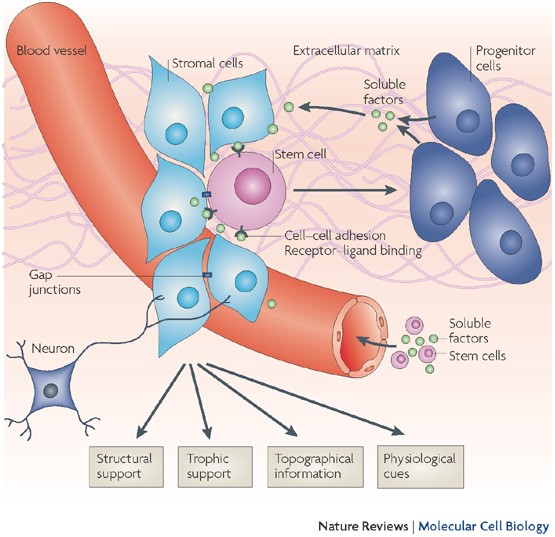
### Researchers Create Groundbreaking Method to Boost Stem Cell Therapy
**Introduction**
Scientists have introduced a groundbreaking technique to cultivate stem cells in aligned sheets that significantly enhance their production of healing proteins. This breakthrough offers promising potential for advancing treatments aimed at heart disease, liver damage, and autoimmune disorders.
**The Stripe Strategy**
In an innovative partnership spearheaded by Hiroshima University, researchers have designed culture surfaces with alternating microscopic stripes. These stripes react to temperature fluctuations, directing mesenchymal stem cells to proliferate in a parallel, structured manner. Such alignment replicates the natural configuration found in muscle and skin tissue, enhancing the cells’ therapeutic effectiveness.
Kenichi Nagase, a distinguished professor at Hiroshima University, underscored the importance of improving the functionality of mesenchymal stem cell sheets, acknowledging their potential to enhance outcomes in regenerative medicine.
**Enhanced Healing Power**
Aligned stem cell sheets exhibited significant increases in the synthesis of crucial therapeutic compounds:
– Vascular endothelial growth factor for the formation of blood vessels
– Hepatocyte growth factor for liver restoration
– Transforming growth factor-β for immune system modulation
– Sustained differentiation into bone and adipose cells
**Temperature-Controlled Harvesting**
The innovative cultivation system adeptly tackles the issue of harvesting cells without causing damage. By employing temperature-responsive materials, culture surfaces release complete cell sheets upon cooling, preserving cellular integrity and connectivity. This technique boosts treatment effectiveness by maintaining organization and preventing erratic cell dispersal during patient transfer.
**Practical Applications**
Nagase pointed out the heightened secretion of cytokines from striped sheets. These essential signaling proteins aid in tissue restoration, blood vessel formation, and immune regulation, presenting promising advancements across medical disciplines. Potential benefits may encompass improved vasculature formation for heart ailments, enhanced liver recovery, and increased immune tolerance in autoimmune diseases.
Current challenges in stem cell therapy often arise from the dispersal of individual cells; however, sheet-based delivery preserves organization and retention at injury sites, addressing these challenges.
**Looking Ahead**
This research highlights the substantial influence of cellular architecture on therapeutic efficacy. By shifting stem cells from random to structured growth patterns, researchers can significantly enhance their healing capabilities.
The use of commercially available and easily adjustable materials for the patterned surfaces indicates potential scalability for clinical use. As regenerative medicine evolves, such architectural control over stem cells may be essential for creating targeted therapies that harness the body’s innate healing processes.
**Support Us**
If you find our reporting valuable and motivating, please consider supporting us. Contributions of any size aid us in delivering accurate, engaging, and reliable science and medical news. Your support is crucial for independent journalism and ensures we can continue revealing important stories. Thank you for standing with us in making knowledge accessible and impactful.